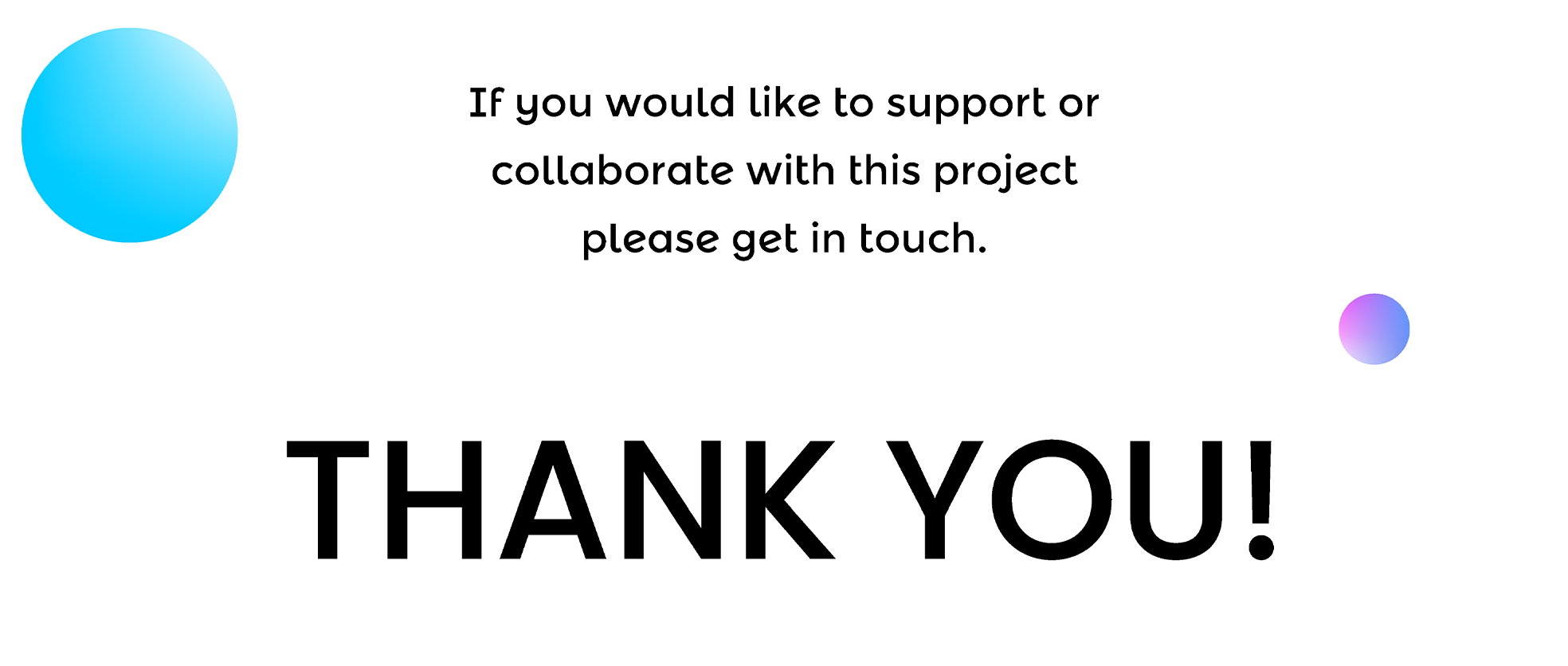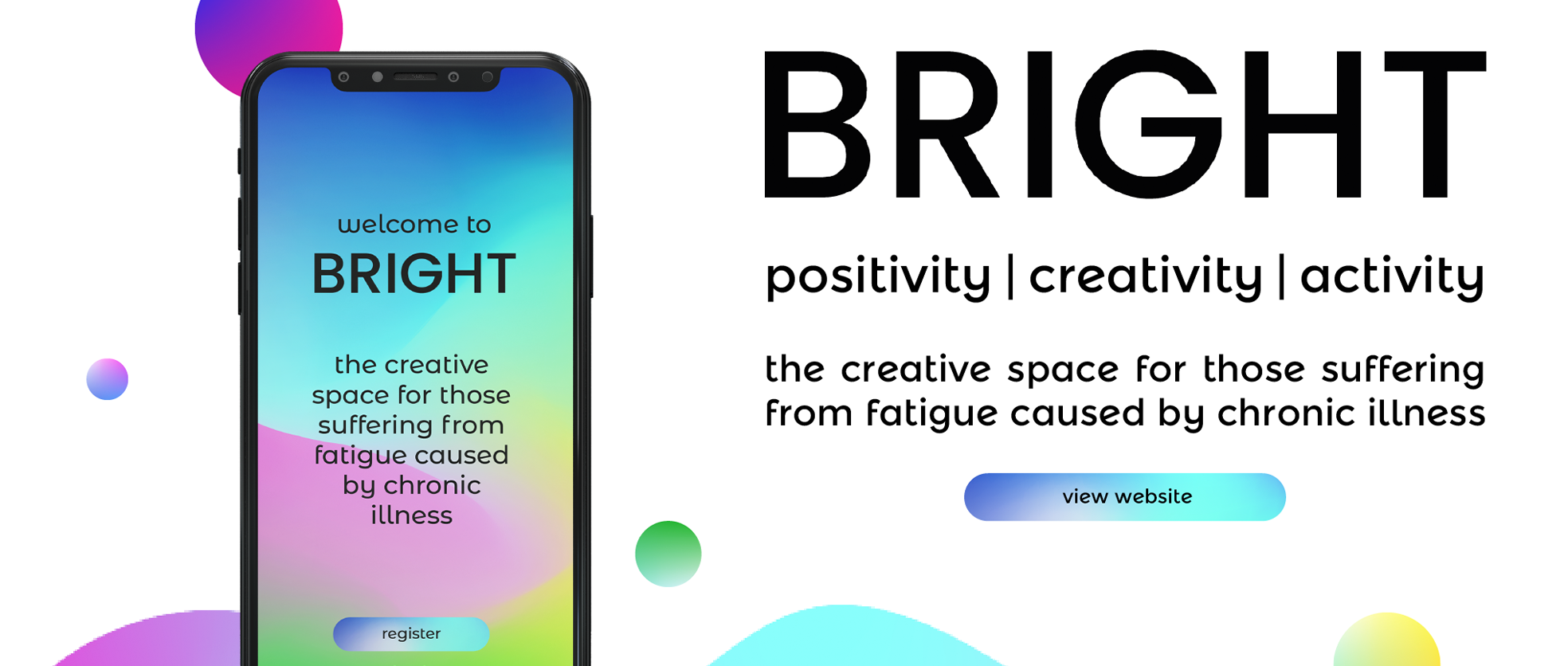Thesis. Phase 1. Week 4
New question: How can colour and design help to improve mental wellbeing in isolating spaces such as in the home?
After my tutorial with Susanna, I felt confident that I was getting somewhere with my question. That by making my question more open and less specific to people with a chronic illness I would have a lot more capability with research. This I agreed with, as then after collecting research I could go further into looking directly at that target audience without it having to be in the question. However, after the webinar, I was even more confused. Stuart mentioned how its good to have a specific direction and that should be noted in the question.
I have decided the best way to get around this is to make the question open, but be specific in my proposal. Allowing me to research a wider market but having a good sense of direction coming into my project.
Peer-to-peer notes
Colour has to take a form to be seen, so in looking at ‘how colour and design can be used as a tool to aid mental wellbeing?’ I am by default looking at the sensory effect books, posters, fabrics, light have on us. The tactile nature of a book I purchased because it would look beautiful on my shelf and put a smile on my face every time I saw it or held it in my hands or rand the pages through my fingers.
- Books, ornaments, texture,
- sensory experience
- improve your environment
- How do you measure how the colour is benefiting mental wellbeing?
- Does colour have an effect on your mental wellbeing?
- How does colour affect specific people?
- Yes, colour does have an effect, it has already been researched and proven by designers and scientists alike.
- How can you maximise the impact of wellbeing?
- How can you utilise colour in the home?
- Leveraging the power of colour using graphic design for those who are isolated and lonely.
- How can graphic design make sensory experiences?
- How can I bridge the gap of colour benefits on mental wellbeing for the feeling of loneliness using graphic design?
Instead of the term isolated, I want to use the state of mind. The feeling of isolation. People can be isolated and be perfectly well in themself, but its the feeling of being alone and trapped.
Originally I was looking at using colour and design as a tool to help improve the quality of life of those with chronic illnesses that are in some way trapped in a space because of their condition. This has been highlighted to a lot of us recently due to us all having to be on forced lockdown. Although we have only had to do this for a few months, some people with chronic illnesses have to experience this consistently or have periods of their life (whether that’s months to years at a time) where they are trapped and isolated in your home.
How can you use colour and design to bring that space to life?
Although that is extremely specific, (which is great to give me direction), the outcome of asking myself that will allow me to help people who have social anxiety, or that are lonely, or elderly. The outcome could be transferred to a range of other physically or mentally isolated people.
Being a prisoner in your own home or more specifically in your own body. Although I am not curing a disease or removing this prison-like-state, how can colour and design improve this ‘prison’ that you are trapped in?
I want to improve the quality of life of my audience. This may be prior to hitting the wall or after, before the depression hits and that urge of loneliness happens, or it could be a way to dig your way out of it. To help see the light and the colour and spread that positivity in your surrounding environment.




